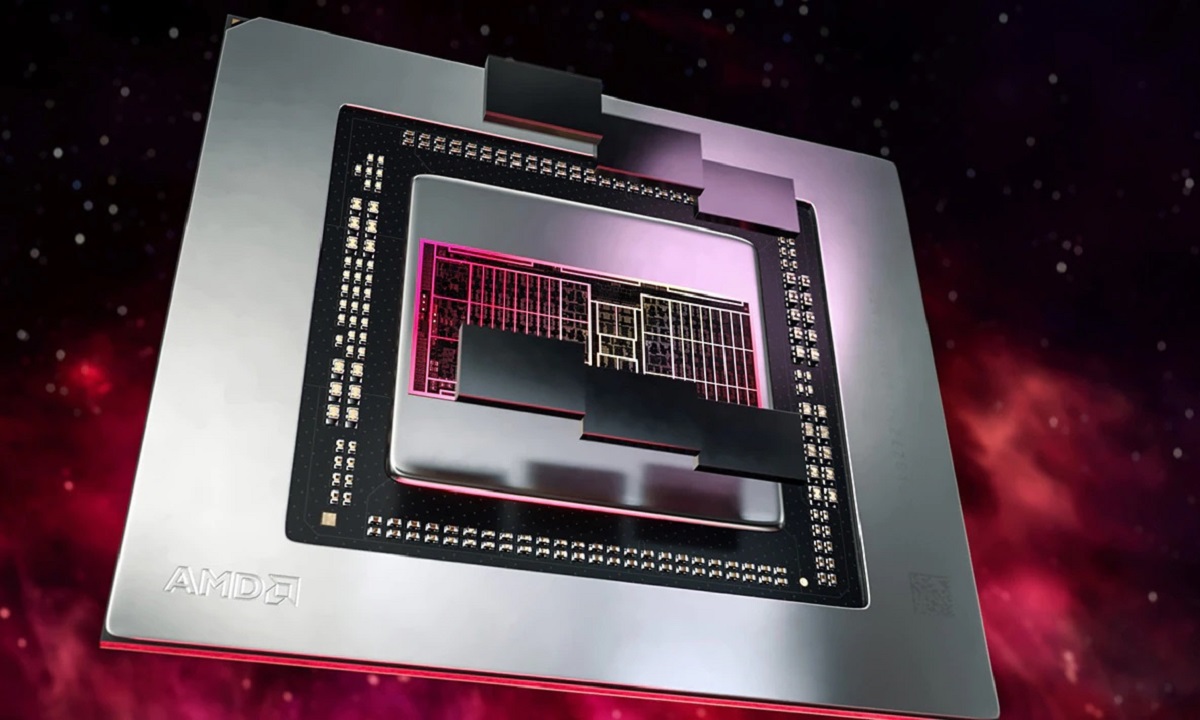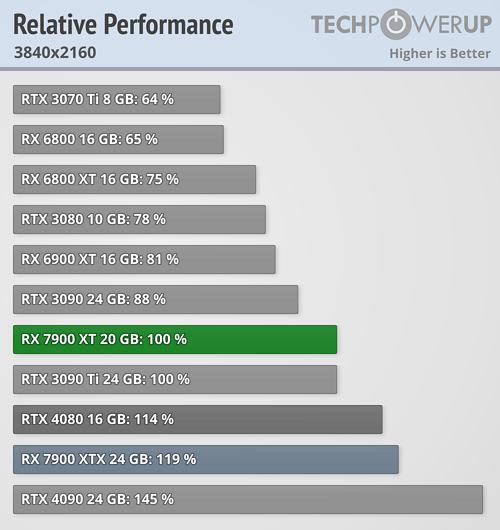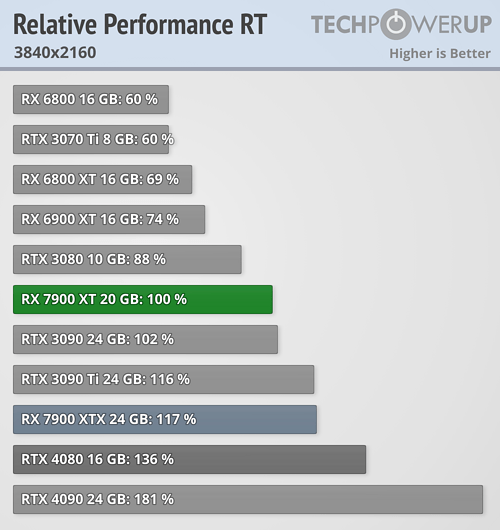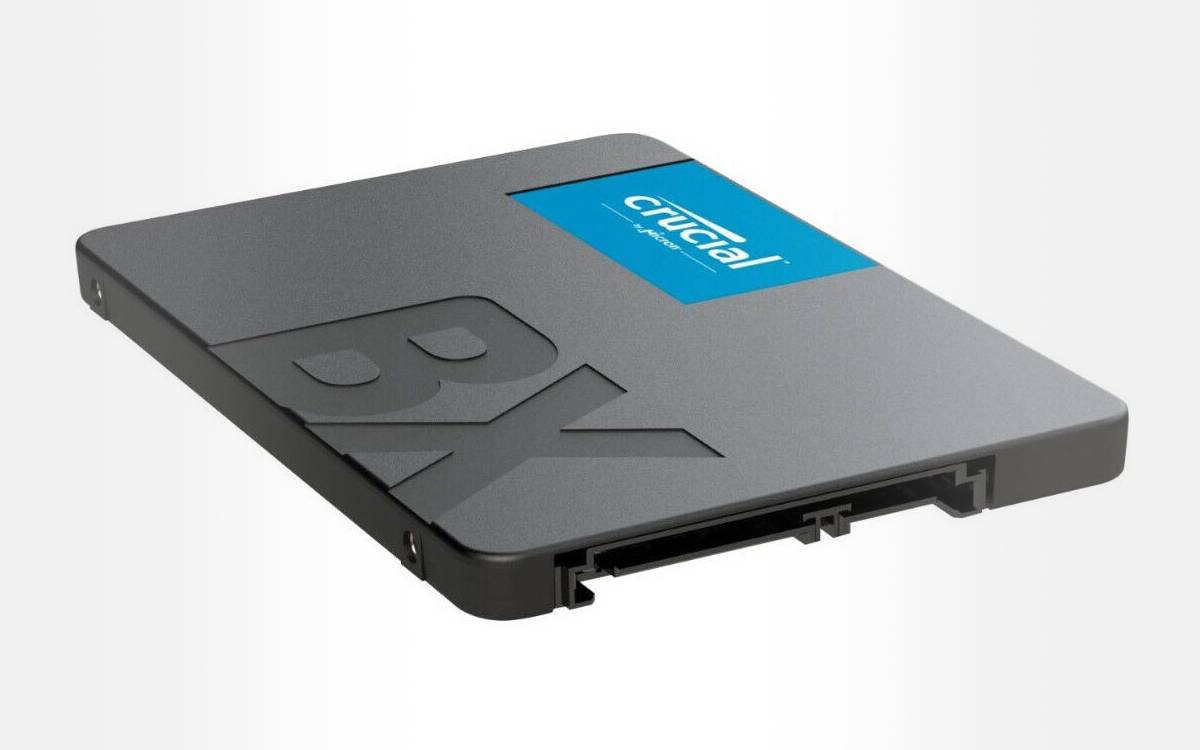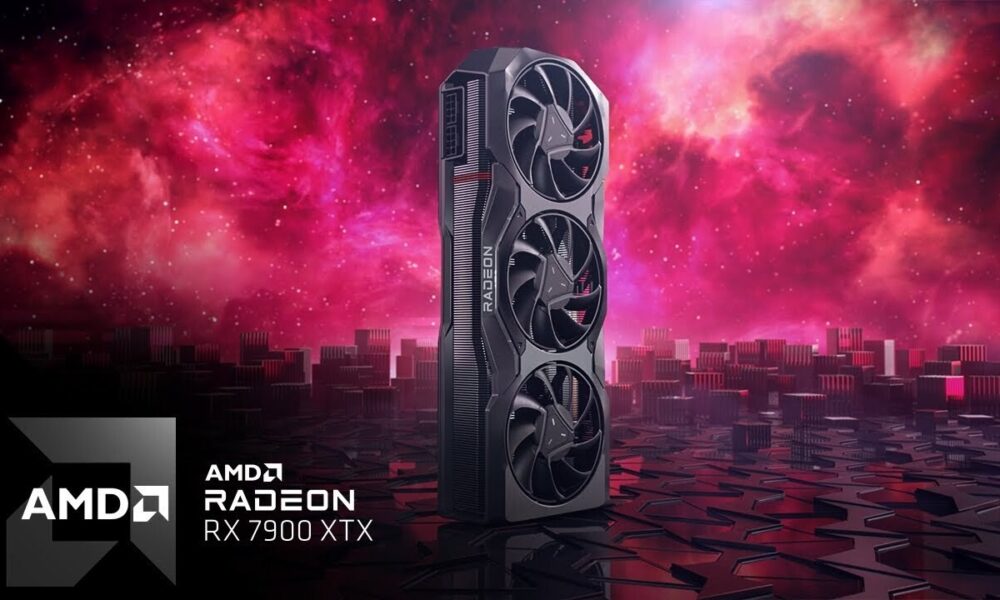
There is no doubt that AMD generated great expectation with the Radeon RX 7900 XT and XTX. The company promised significant performance improvements in rasterization and ray tracing, and also spoke of a huge leap in efficiency compared to the previous generation. However, official TBP data already indicated that these they were not going to consume less than the GeForce RTX 4080and I personally had serious doubts about its actual performance.
In the end, those expectations have not only not been met, but also the Radeon RX 7900 XT and XTX have significant problems that They go beyond of what we told you a few days ago. Information listed on GitHub suggests that AMD has used Navi 31 GFX1100 (A0) graphics cores, an early version that was not properly finished and that It has a non-functional hardware shader preloading system.
This issue is not nearly as serious, in terms of performance, as the one that affects the power profile and frequency scaling of the graphics card, which causes its frequencies to oscillate wildly and its performance to change dramatically, but it can end up having a significant impact on the gaming experience and produce “stuttering” (image stuttering) and very high frame rendering times.
It is possible to compensate for this with preloading at the software level, as the source indicates, but it is clear that this system is not that efficient and that in the end it is a major problem. AMD might fix this in future revisions of the Navi 31 silicon, but it will not have a solution in the graphics cards that are marketed with the Navi 31 A0 core, since it is something that affects the hardware level.
All of this gives me a lot to think about. It seems that AMD has opted for an accelerated release to not leave NVIDIA alone in the Christmas campaignand that the Sunnyvale company has not hesitated to use premature GPUs to offer a good level of supply.
On the other hand, I can’t help but relate all this to the fact that the MSI assembler has confirmed that it will not release its custom Radeon RX 7900 XT and XTX until the first quarter of 2023. Perhaps he was aware of the problem, and has preferred to wait for it to be resolved before releasing models with that partially faulty GPU.
As I said at the beginning of the article, the Radeon RX 7900 XT and XTX have not lived up to expectations either in terms of performance or efficiency. Both have a consumption in games of 321 watts and 358 watts, values that exceed 312 watts peak peak I recorded in my review of the GeForce RTX 4080, and the difference in performance gives NVIDIA’s solution a clear victory in terms of efficiency. In 4K, the Radeon RX 7900 XT is 14% slower than the GeForce RTX 4080and the latter is only 5% slower than the Radeon RX 7900 XTX, all without taking into account the difference that DLSS 3 would make.
If we talk about ray tracing, the difference is even greater, as we can see in the attached graph. The Radeon RX 7900 XT is 36% slower than the GeForce RTX 4080 and loses out to the GeForce RTX 3090. For its part, the Radeon RX 7900 XTX is 19% slower than the GeForce RTX 4080, and 64% slower. slower than the GeForce RTX 4090. I think the graphics speak for themselves, and again you have to keep in mind that we haven’t brought DLSS 3 into the equation, if we did the differences would be even bigger.
Taking into account what the Radeon RX 7900 XT and XTX offer, their price and what NVIDIA offers today, do you think that AMD has succeeded with this launch and with the positioning at the price level (1,109 euros and 1,229.95 euros)? ? We read in the comments.
